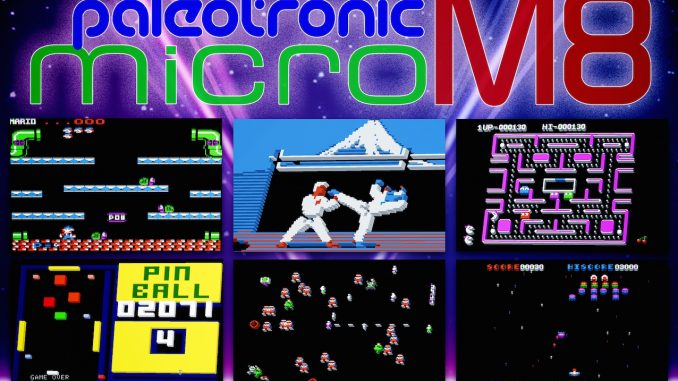
When we started working on microM8 just four years ago, it began as a simple project to make an Applesoft BASIC interpreter. We didn’t have any idea that our little project would eventually become a popular mainstream Apple II emulator – but here we are.
Developing microM8 in Go meant we could compile it for macOS, Windows and Linux, which made it more accessible. We also tried to implement features other emulators lacked, such as ‘time travel’ rewind / debugging and 3D graphics rendering. It appears those decisions have paid off!
We are thankful to all the support we have received over those four years as we’ve developed microM8, and are grateful for every one of those 10,000 downloads – recently at a rate of over 20 downloads every single day. It means a lot to us to have our software so widely used.
But we also understand that that comes with a certain amount of responsibility, and while microM8 development has been limited to critical bug fixes recently as we’ve been focussing on turtleSpaces, we are moving continents (again!) and so will have some time free soon to devote to microM8 once again.
Things on our list to improve include:
- Cycle-accurate rendering, so that all modern demo programs work
- Support for memory expansion cards
- Support for Uthernet cards
- Cassette support
- Apple IIC support (…IIC+, IIGS…?)
- OpenGL ES graphics support for Raspberry Pi / Android / Chromebook (IOS?)
- Mockingboard speech
- Better Apple II development pipeline
There are also lots of less-critical bugs we will get to. But we just want to be clear we haven’t forgotten microM8, and we do value our users (and the broader Apple II community.) So expect some new things to come soon!

Be the first to comment